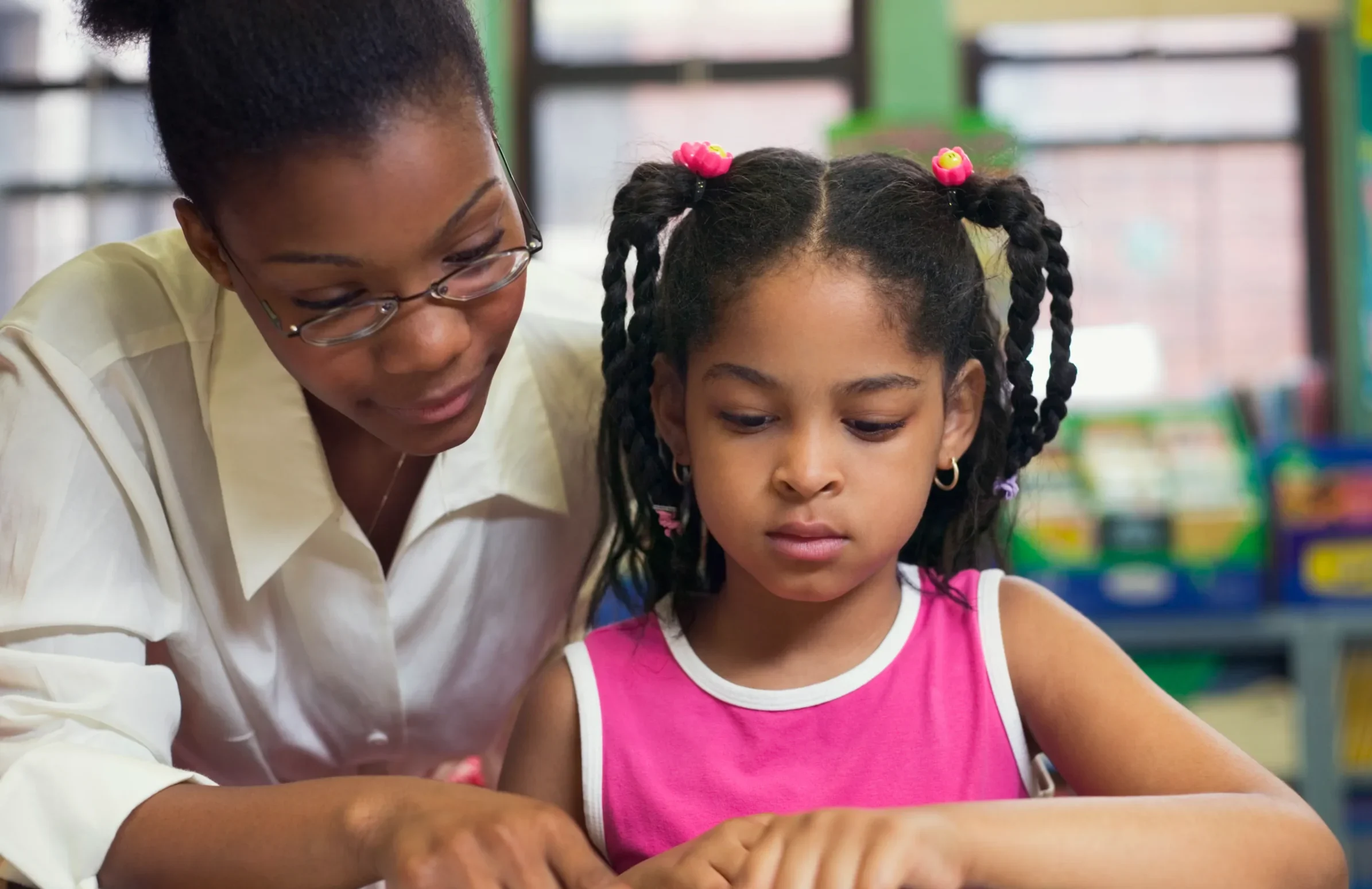Childhood sexual abuse is a silent epidemic that thrives in secrecy and misunderstanding. Protecting children requires awareness, vigilance, and the courage to act. As a survivor and advocate, I, Dr. Andrea A. Anthony, am passionate about equipping families, educators, and communities with the knowledge and tools to identify potential warning signs and prevent abuse before it happens. This blog will empower you to be a proactive force in safeguarding the most vulnerable among us.
Understanding the Warning Signs
Recognizing the signs of childhood sexual abuse can be challenging, as many symptoms are subtle or mistaken for other issues. However, there are key behavioral, emotional, and physical indicators that may signal a child is experiencing or at risk of abuse:
Behavioral Signs:
- Sudden Changes in Behavior: Withdrawal, aggression, or extreme mood swings.
- Fear of Certain People or Places: Reluctance or refusal to be around specific individuals or go to certain locations.
- Inappropriate Sexual Knowledge: Awareness or behavior that is not age-appropriate.
- Regression: Reverting to behaviors like bed-wetting or thumb-sucking.
Emotional Signs:
- Depression or Anxiety: Unexplained sadness, irritability, or fearfulness.
- Low Self-Esteem: Expressions of worthlessness or feelings of guilt and shame.
- Difficulty Trusting Others: Reluctance to form relationships or share feelings.
Physical Signs:
- Unexplained Injuries: Bruises, bleeding, or other physical signs, particularly in private areas.
- Frequent Complaints of Pain: Stomachaches, headaches, or other ailments with no clear cause.
- Poor Hygiene or Changes in Appearance: Neglecting personal hygiene or sudden changes in grooming habits.
Practical Tools for Prevention
Prevention begins with awareness and proactive measures. Here are practical steps to create a protective environment for children:
- Open Communication: Foster an environment where children feel safe discussing their feelings and experiences. Teach them about body autonomy and the importance of speaking up if something feels wrong.
- Education: Educate yourself and your community about the signs of abuse, grooming behaviors, and effective prevention strategies.
- Establish Boundaries: Set clear rules for physical interactions and private spaces in homes, schools, and organizations.
- Monitor Relationships: Be attentive to who interacts with your child. Watch for any unusual behavior or interest in spending time alone with them.
- Use Trusted Resources: Equip yourself with tools and support from organizations specializing in child protection, such as my nonprofit, Guarded Wings Promise.
Empowering Communities to Act
Prevention is a collective effort. Communities can take the following steps to create a safer environment:
- Training Programs: Provide workshops for parents, educators, and caregivers on identifying and responding to abuse.
- Child Safety Policies: Implement strict protocols in schools, childcare centers, and community programs to protect children.
- Accessible Resources: Ensure families have access to support services, hotlines, and educational materials.
- Encourage Reporting: Create a culture where reporting suspected abuse is supported and taken seriously.
Responding to Concerns
If you suspect a child is being abused, it’s crucial to act immediately. Here’s what you can do:
- Stay Calm: Approach the situation with care and sensitivity. Avoid showing alarm or disbelief.
- Listen and Reassure: If a child confides in you, listen without judgment and assure them they are not at fault.
- Report the Abuse: Contact local authorities, child protective services, or a trusted organization. Reporting is not only a moral obligation but often a legal one.
- Seek Professional Help: Connect the child and their family with counseling and support services to aid in healing and recovery.
A Shared Responsibility
Protecting children is a responsibility that extends to all of us. By recognizing the signs of abuse and taking proactive steps to prevent it, we can create a world where children are free to grow and thrive in safety.
Let’s commit to being vigilant, informed, and courageous in the face of this issue. Together, we can turn awareness into action and ensure that no child suffers in silence.

